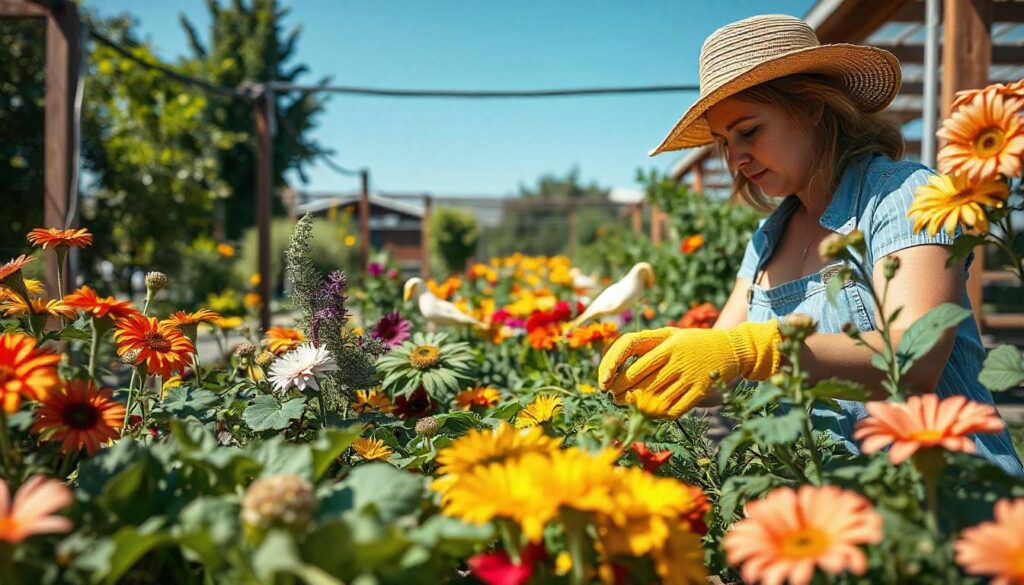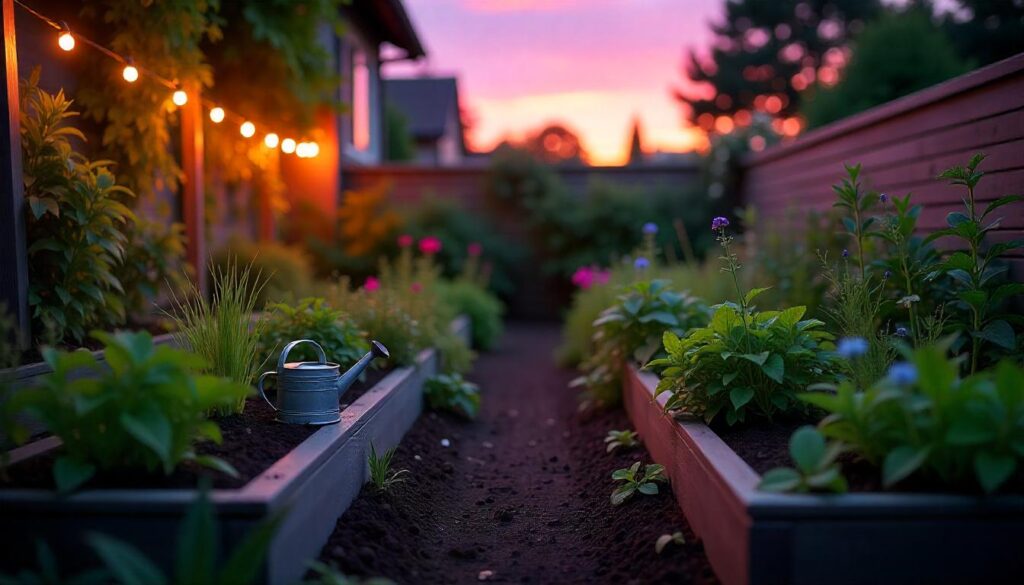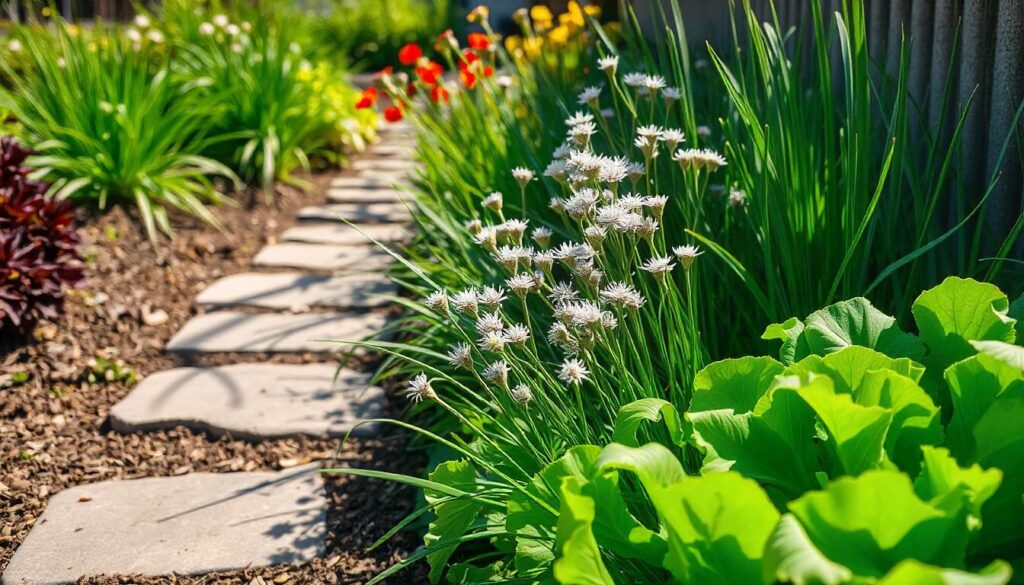The perennial kitchen garden is a timeless way to combine beauty, sustainability, and utility. Imagine stepping into a garden that produces fresh, delicious food year after year with minimal upkeep. Sounds dreamy, right? Let’s dive into how to design and cultivate your very own perennial kitchen garden—a space that keeps on giving.

Table of Contents
Key Points
- Understand what a perennial kitchen garden is and its benefits.
- Learn design strategies to optimize space and functionality.
- Discover actionable tips to maintain and grow your garden sustainably.
What Is a Perennial Kitchen Garden?
A perennial kitchen garden is a thoughtfully designed space filled with plants that regrow year after year. Unlike annual gardens that require replanting each season, perennials provide a low-maintenance, eco-friendly solution for homegrown food lovers.

Benefits of a Perennial Kitchen Garden:
- Low Maintenance: Fewer planting sessions mean less work over time.
- Sustainability: Perennials enrich the soil and reduce the need for synthetic fertilizers.
- Cost Efficiency: Invest once, and enjoy recurring harvests.
- Biodiversity: Attract pollinators and create a thriving ecosystem.
Designing Your Perennial Kitchen Garden
1. Plan Your Layout
- Evaluate Your Space: Identify sunny spots, as most perennials thrive in 6-8 hours of sunlight daily.
- Zoning: Separate herbs, vegetables, and fruits into dedicated zones for easier access and maintenance.
- Paths and Borders: Incorporate walkways to avoid compacting soil and define garden boundaries with stones or wooden edges.

2. Choose the Right Plants
- Herbs: Thyme, rosemary, oregano, and chives are excellent choices.
- Vegetables: Asparagus, rhubarb, and perennial kale are hardy and delicious.
- Fruits: Raspberries, blueberries, and strawberries offer sweet rewards.
- Edible Flowers: Nasturtiums and violets add color and flavor.
3. Incorporate Companion Planting
Group plants that complement each other. For example:
- Asparagus and Tomatoes: Tomato plants repel asparagus beetles.
- Chives and Carrots: Chives deter carrot flies.
Practical Tips for Maintaining a Thriving Perennial Garden
Soil Preparation
- Enrich the Soil: Add compost or well-rotted manure to improve fertility.
- Test the pH: Most perennials prefer a neutral pH of 6.0-7.0.
Watering Strategies
- Mulch for Retention: Apply mulch to retain moisture and suppress weeds.
- Smart Irrigation: Use drip irrigation systems for consistent watering.
Pruning and Dividing
- Prune Regularly: Trim plants to encourage growth and remove dead or diseased parts.
- Divide Plants: Every few years, divide overcrowded plants to maintain vigor.

Lists and Tables for Clarity
Top Perennial Choices and Their Benefits
| Plant | Benefit |
|---|---|
| Asparagus | Early spring harvest |
| Rosemary | Aromatic herb for cooking |
| Blueberries | High in antioxidants |
| Rhubarb | Unique flavor for desserts |
| Nasturtiums | Edible flowers and pest control |
FAQs: Addressing Common Questions
Q: Can I grow perennials in small spaces?
A: Absolutely! Use containers for compact perennials like herbs and berries.
Q: Do perennial gardens attract pests?
A: While some pests may visit, companion planting and natural predators like ladybugs can keep them under control.
Q: How do I start a perennial garden on a budget?
A: Start with cuttings or divisions from friends’ gardens and prioritize native plants that require less maintenance.
Why Context Matters: Adapting to Your Climate
Perennials thrive when matched to their environment. Research plants suited to your local climate and soil type for the best results. For example, Mediterranean herbs like rosemary and thyme excel in dry, sunny regions, while rhubarb and blueberries prefer cooler climates.
Bringing It All Together: A Garden That Keeps Giving
The perennial kitchen garden is more than just a food source; it’s a commitment to sustainability and a testament to nature’s resilience. With thoughtful design, practical maintenance, and seasonal adjustments, you can enjoy a lush, productive garden year-round.

Your Call to Action: Start Growing Today!
Ready to transform your outdoor space into a perennial paradise? Begin with a small section, experiment with a few plants, and watch your garden flourish over time. Whether you’re a seasoned gardener or a complete beginner, the perennial kitchen garden is a rewarding journey—one that nourishes both body and soul.

